Japanese Traditional Crafts
Etchu Washi – Japanese Paper that Lasts a Millennium
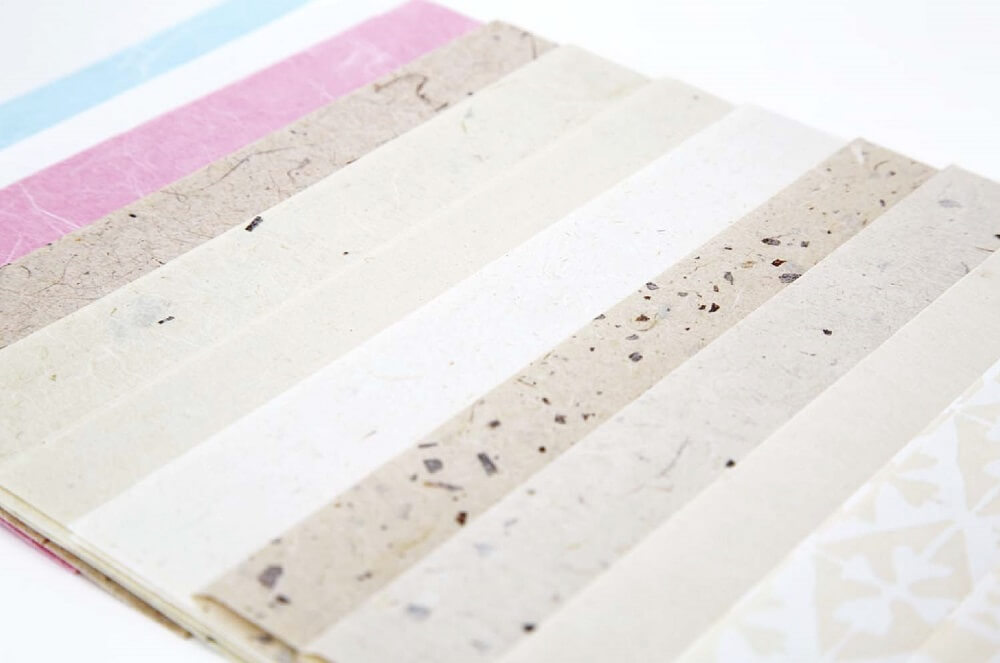
(Image: toyamakan.jp)
“Etchu Washi” is a Japanese paper that has been internationally recognized for its quality. Its strength and preserving ability has gathered the attention and today it is being used all over the world in various scenes, including repairing important cultural assets.
In this post, I’d like to tell you more about this Japanese paper!
What’s So Great About Japanese Papers? Well…
The materials used to make Japanese papers do not include any substances that may reduce the quality of the paper, resulting in high preservability. It is even said that there are 1300 years old papers preserved in Shosoin of Nara. Since its preservability, flexibility, and stability has been recognized, it has played an important role in repairing of cultural assets both from Japan and abroad. Not only that, but because of its durability and strength, some Japanese umbrellas and Kimono (paper cloth kimono) are made using these papers.
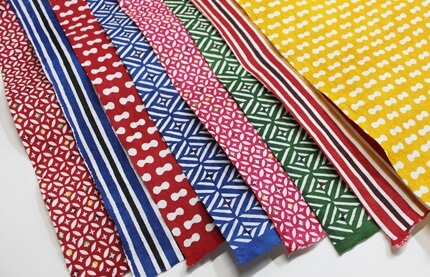
(Image: toyamakan.jp)
Handmade Japanese papers is a traditional craft that especially requires a special technique.
Let’s look at the materials next.
Mulberry
The main component of Etchu Japanese paper is the bark of mulberry tree. Mulberry bark has long fibers that intertwines with each other easily, which creates the strength that keeps the paper from ripping.
Water
Water is also a very important component of papermaking. High quality water is required for the process such as the washing of mulberry barks or ‘Nagashi-zuki’ (will explain later).
The water that best fits papermaking is said to be soft water that includes less calcium and magnesium. If we try to make Japanese paper out of tap water, the chlorine included in the water will turn the paper red a couple of years later. Yes, it’s just water, but even a slight difference in its components will cause a flaw in the quality of the papers.
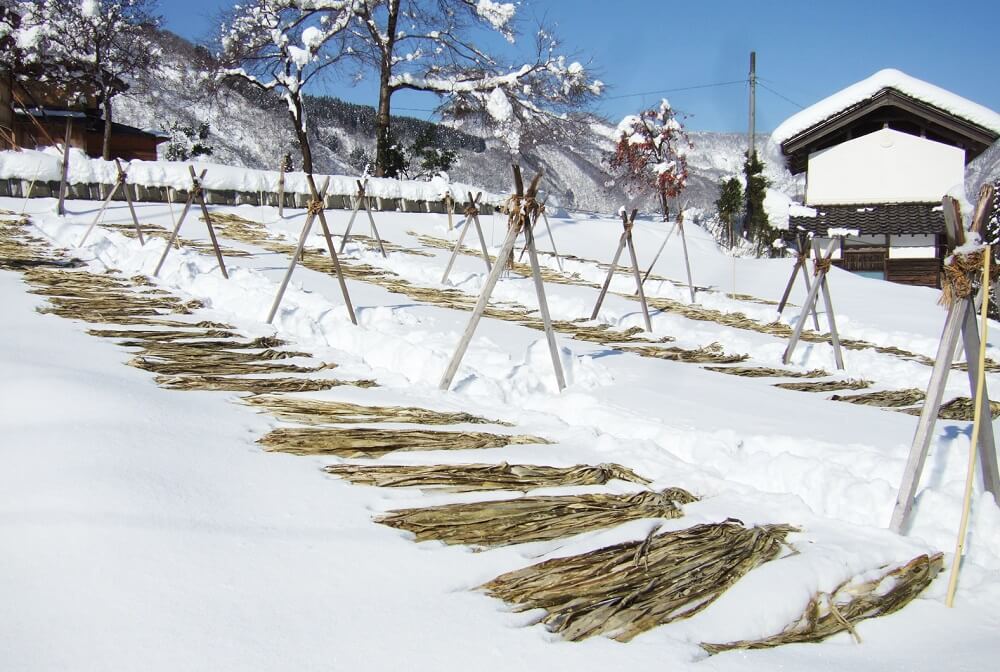
(Image: toyamakan.jp)
The Japanese Technique of ‘Nagashi-zuki’ Paper Making
The techniques of papermaking was originally brought in from China. After it was brought in however, Japan came up with its original technique and spread the ‘Nagashi-zuki’, instead of the Chinese ‘Tame-zuki’. In ‘Nagashi-zuki’, a liquid called ‘neri’ is mixed with the materials and the mixture is shaken in a special container to make fibers easier to intertwine with each other. After they get rid of the water from the container, they scoop up the mixture again and repeat the same gesture multiple times.
Around the end of Nara era, ‘Nagashi-zuki’ became popular method among people and spread around the area as a technique to make tough and thin papers.
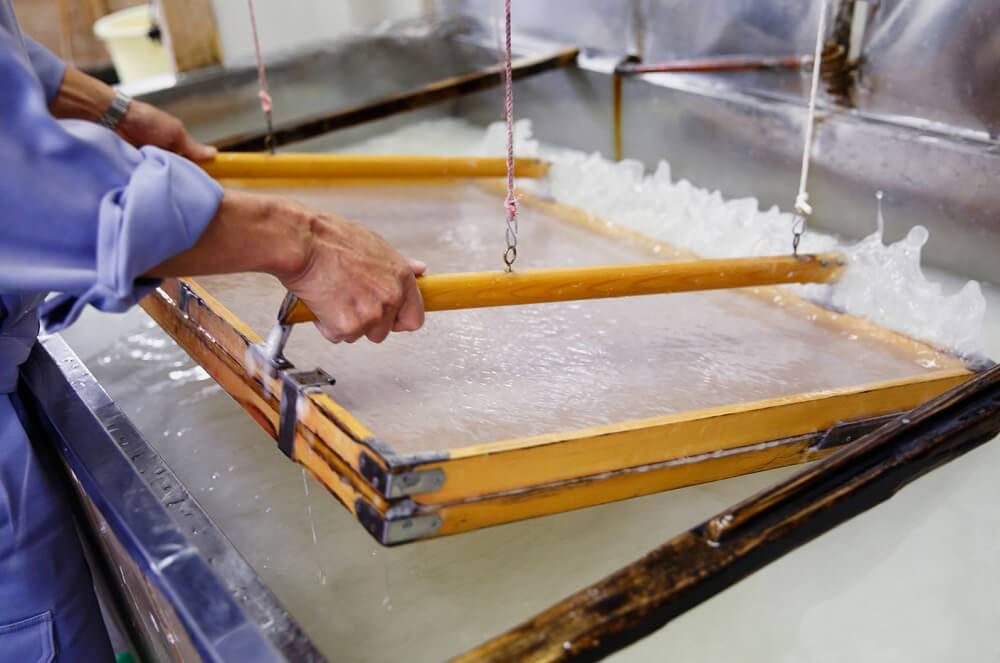
(Image: toyamakan.jp)
About Etchu Washi Japanese Paper
The history of Etchu Japanese paper is said to have begun around 8th century. It is believed that the Japanese papermaking developed during the Edo era when the business of selling drugs by distribution became popular and the demand for medicine wrappers grew. Not only that, but it was also used to make free gifts such as, woodblock painting of Ukiyo-e and Paper balloons, so the demand for papermaking increased rapidly during this time.
Etchu Washi is also famous for its strength and whiteness that emits a sort of warmth. Recently, new products such as cushions are being made to make the best use of such qualities.
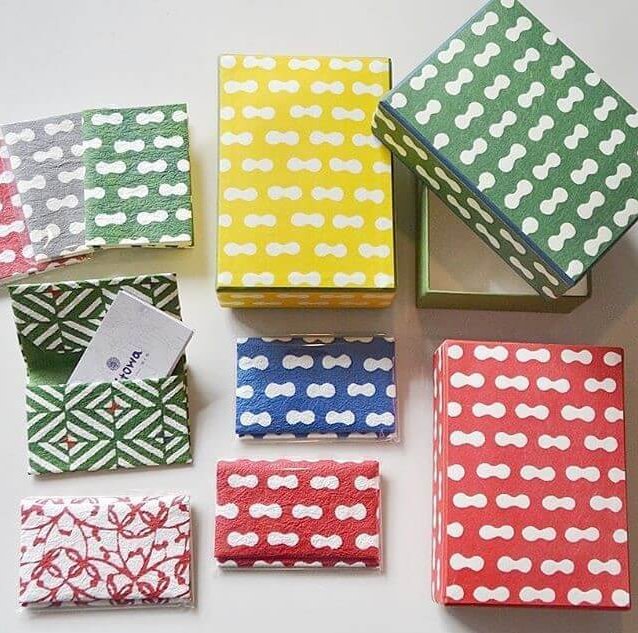
(Image: pinterest)
Also, white Etchu Japanese papers are also used on sliding doors.
To achieve this whiteness, mulberry barks has to go through ‘Yuki-zarashi’ on a sunny day. Yuki-zarashi uses mulberry tree barks that has gotten whiter. Before and after the barks are processed, all the dark spots and dust are removed from the materias. This creates a clear, white paper. These papers get whiter and whiter as more time passes, and it is said that this is due to the UV rays.
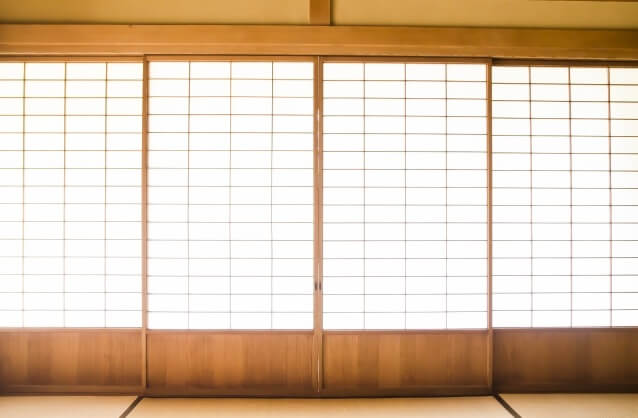
(Image: shikinobi.com)
In Conclusion – Difference Between Japanese Papers and Western Papers and Their Qualities
We sometimes hear a saying “Western paper lasts a century, but Japanese paper lasts a millennium”, but where does that come from?
Western papers usually crumble after 100 years. This is because the fibers in Western papers are cut short and hardened by chemicals in the process of mass production, which fastens the deterioration of papers. On the other hand, Japanese paper has a much simpler structure of intertwined long fibers, allowing the paper to have a durability to last longer than 1000 years. A lot of Japanese papers from more than 1000 years ago are still in existence today, the oldest of them being a paper used for family register, stored in the Shosoh-in temple in which various historical national treasures are stored.
Most of the papers that are being used to day around us are Western Papers. Since the qualities of Japanese papers have been recognized, however, the use of these papers are gradually increasing. Today, Japanese papers are used for calligraphy, origami, fans, wrappers, mizuhiki (decorative Japanese cord made from twisted paper), sliding screen, sliding door, wall paper, interior decoration such as lighting, Japanese bills, and more.

Author - Kanna
A writing/translating enthusiast and a part-time illustrator, recently graduated from Sophia University. My expertise is in media and English studies, but I am also interested in a wide variety of fields, including traditions of art in Japan and how it has changed and been preserved. I hope people find interest in Japan through this blog!


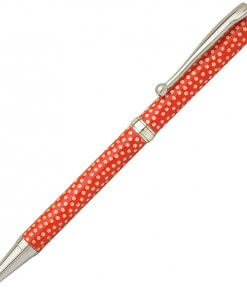
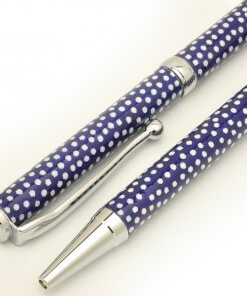
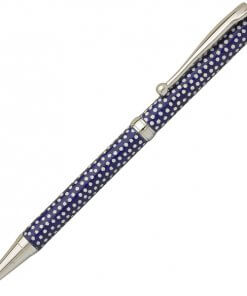
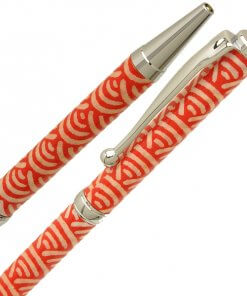
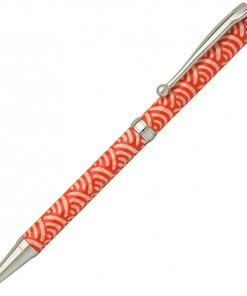
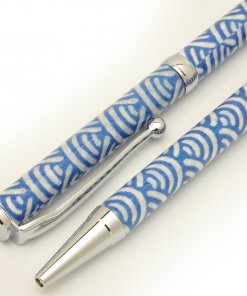
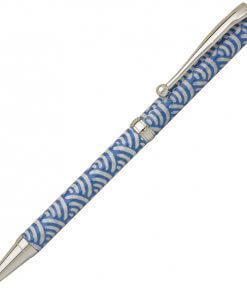
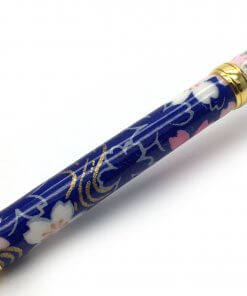
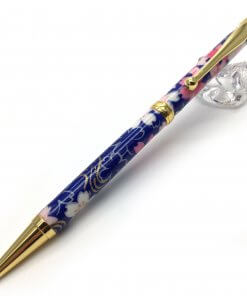
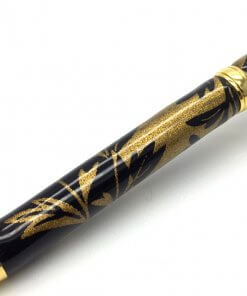

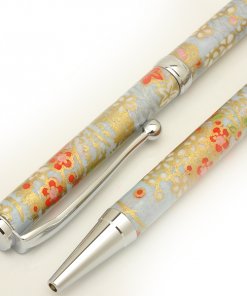

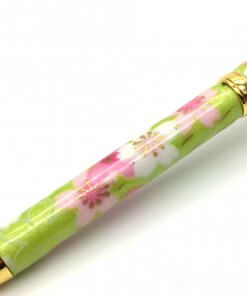


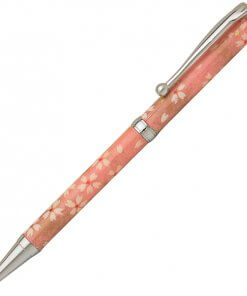
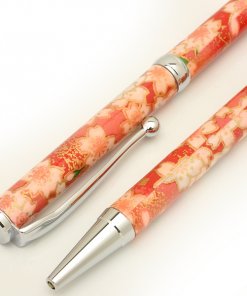
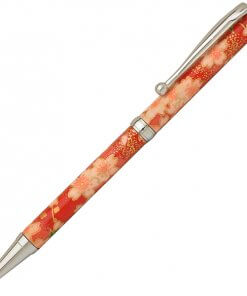
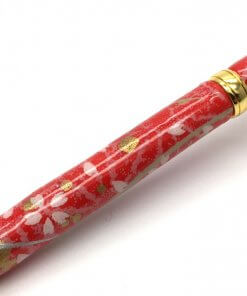
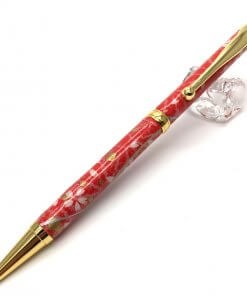

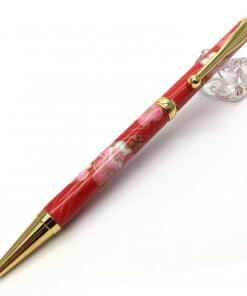
About Orientalsouls.com
Learn and Buy Japanese Craftsmanship, Tradition & Culture
OrientalSoul.com is the online shop where you can buy traditional crafts of Japan.
We only sell selected authentic products in which true spirits of Japanese craftsmanship exist.
You may be able to find similar products in other shops for lower prices. However, we sell products based on fair prices that worth labor and value of experienced craftsmen.
In addition, we introduce stories about product history, how a product is made, what makes it different from others, and how the product enriches your life!